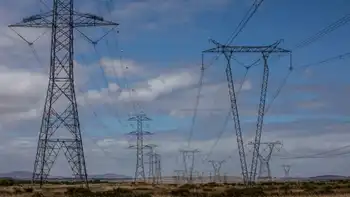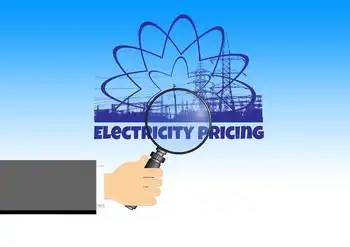Electronic vampires feed off the power grid
By Victoria Times Colonist
NFPA 70b Training - Electrical Maintenance
Our customized live online or in‑person group training can be delivered to your staff at your location.

- Live Online
- 12 hours Instructor-led
- Group Training Available
Toronto recorded a 15.1 per cent drop in power consumption with a six per cent for the whole province of Ontario, while most other major Canadian cities saw drops closer to one per cent.
The problem is, even with homes darkened, "electronic vampires," including microwave ovens, plasma televisions and other household products, continue sucking up electricity even when turned off. That's because they draw a small amount of power while in standby mode to operate clocks and timers or to respond instantly when you hit the remote control "on" button.
Natural Resources Canada estimates this "phantom power" accounts for up to 10 per cent of electricity use in a typical Canadian home. "All these little things add up," says Dave Walton, director of home ideas at Direct Energy.
"Even though electronics have got more efficient, they're also more complex so they're still drawing power."
It's estimated that Canadian homes have as many as 20 electricity vampires, such as external power supplies for laptops and cellphone chargers that continue drawing power even when the phone is charged.
Reducing the standby consumption of many household devices to one watt, as proposed in federal regulations slated for early next year, could save about enough electricity to meet the total residential needs of New Brunswick, says Natural Resources Canada. It would also combat climate change by reducing carbon dioxide emissions by up to one megaton annually.
To eliminate phantom power, try plugging stereos, televisions and computers into power bars and turning off the bars when you're finished with the devices. A Bye Bye Standby makes it easy (www.byebyestandby.com). It consists of two adapters and a remote control with recyclable batteries. Plug the adapters into wall outlets, plug power bars into the adapters, and turn the bars off.
Canadian light manufacturer BAZZ (bazz.ca) has just introduced North America's first recessed lamps for CFLs. Fixture and bulb are $24.99 at major home improvement centres.
Some have questioned the benefits of CFLs following a recent B.C. Hydro revelation that greenhouse gas emissions will rise in the province because CFLs, unlike incandescent bulbs, release no heat. Apparently, residents will use more emission-producing natural gas to compensate for the loss of light bulb heat. However, B.C. Hydro says the energy savings of CFLs still outweigh the minute amount of extra natural gas that will be required. Besides, won't CFLs reduce the need for summer air conditioning?
Speaking of which, Walton recommends an annual inspection of your central air conditioner. Like a furnace, if it's not running properly, energy costs increase. Walton also recommends a ceiling fan for bedrooms.











